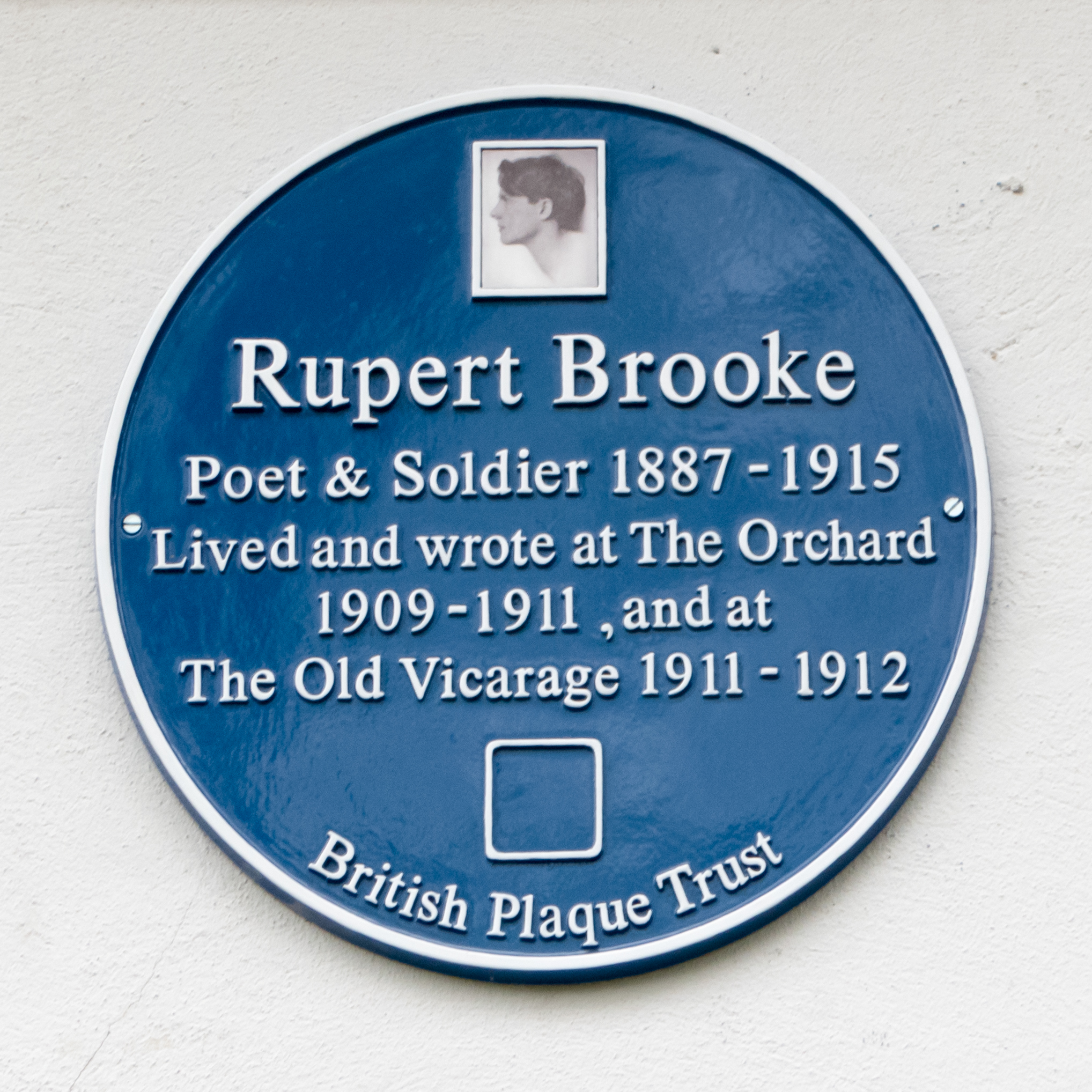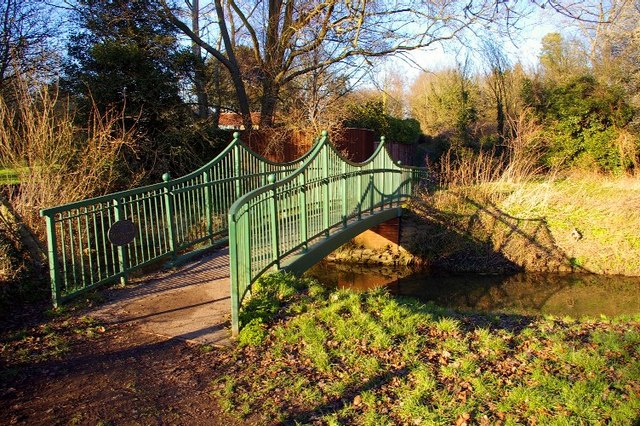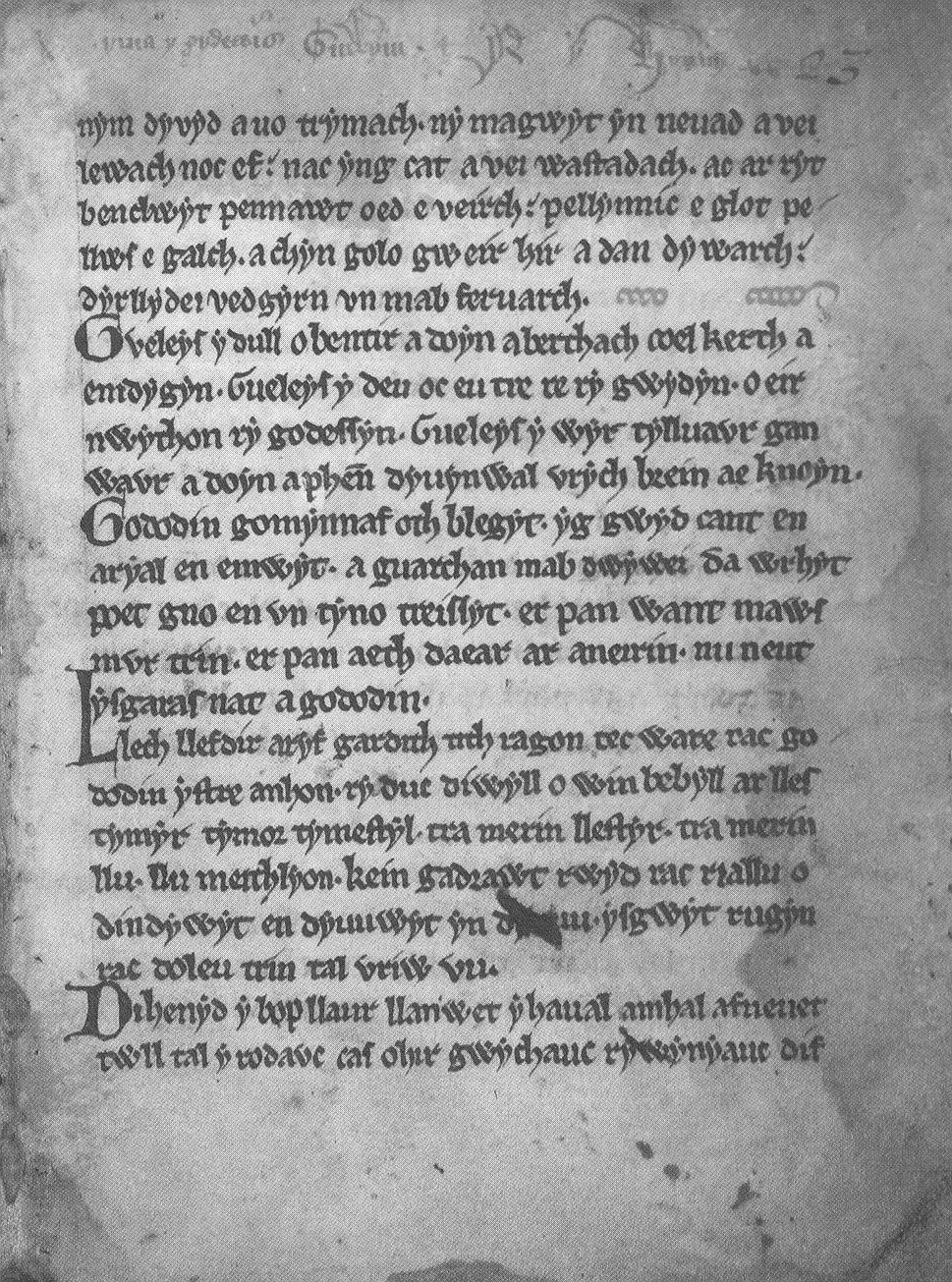|
Grantchester
Grantchester is a village and civil parish on the River Cam or Granta in South Cambridgeshire, England. It lies about south of Cambridge. Name The village of Grantchester is listed in the 1086 Domesday Book as ''Grantesete'' and ''Grauntsethe''. Before, it is also mentioned briefly in book IV, chapter 19 of Bede's ''Ecclesiastical History of the English People''. John de Grauntsete, a lawyer who had a successful career as a judge in Ireland, was born in Grantchester, , and took his surname from his birthplace. The present name derives from the common Old English suffix '' -ceaster'' (variously developed as "-cester", "-caster", and -"chester"), used in names of forts or fortified cities throughout England. Grantchester is sometimes identified as the Nennius (). Theodor Mommsen (). ''Historia Brittonum'', VI. Composed after AD 830. Hosted at Latin Wikisource. ("Fort Granta") listed in the '' History of the Britons'' among the 28 cities of Britain,Ford, David Nash ... [...More Info...] [...Related Items...] OR: [Wikipedia] [Google] [Baidu] |
River Cam
The River Cam () is the main river flowing through Cambridge in eastern England. After leaving Cambridge, it flows north and east before joining the River Great Ouse to the south of Ely, at Pope's Corner. The total distance from Cambridge to the sea is about and is navigable for punts, small boats, and rowing craft. The Great Ouse also connects to England's canal system via the Middle Level Navigations and the River Nene. In total, the Cam runs for around from its furthest source (near Debden in Essex) to its confluence with the Great Ouse. Name The original name of the river was the ''Granta'' and (unusually) its present name derives from the city of Cambridge ( ang, Grantebrycge) rather than the other way around: After the city's present name developed in Middle English, the river's name was backformed to match. This was not universally applied, however, and the upper stretch of the river continues to be informally known as the Granta. It has been said''Bedders, Bull ... [...More Info...] [...Related Items...] OR: [Wikipedia] [Google] [Baidu] |
Old Vicarage, Grantchester
The Old Vicarage in the Cambridgeshire village of Grantchester is a house associated with the poet Rupert Brooke, who lived nearby and in 1912 referenced it in an eponymous poem – The Old Vicarage, Grantchester. The Old Vicarage was built in around 1685 on the site of an earlier building, and passed from church ownership into private hands in 1820. It was bought in 1850 by Samuel Page Widnall (1825–1894), who extended it and established a printing business, the Widnall Press. In 1910 it was owned by Henry and Florence Neeve, from whom Rupert Brooke rented a room, and later a large part of the house. Brooke's mother bought the house in 1916 and gave it to his friend, the economist Dudley Ward. In December 1979, it was bought by the novelist and former politician Jeffrey Archer and his wife, scientist Mary Archer. It has been listed Grade II on the National Heritage List for England since August 1962. The Guardian crossword setter John Galbraith Graham (Araucaria) se ... [...More Info...] [...Related Items...] OR: [Wikipedia] [Google] [Baidu] |
The Orchard (tea Room)
The Orchard is a tea room and tea garden in Grantchester, near Cambridge, serving morning coffee, lunches and afternoon teas. Since opening in 1897, it has been a popular retreat for Cambridge students, teachers and tourists, as well as locals, with many famous names among its patrons. The Orchard is open every day of the year (with the exception of some days around Christmas) from 9:30 to 17:00, and can be reached both by road and punt. History The history of The Orchard started in 1897 (the orchard itself was first planted in 1868) when a group of Cambridge students asked the landlady, Mrs Stevenson of Orchard House, if they could take their tea in the orchard rather than on the front lawn as the custom was. This practice soon became the norm, and the place grew in popularity. The next phase in the history of The Orchard began when the poet Rupert Brooke took up lodging in the house in 1909. A graduate student of great popularity in the university community at the time, Bro ... [...More Info...] [...Related Items...] OR: [Wikipedia] [Google] [Baidu] |
Rupert Brooke
Rupert Chawner Brooke (3 August 1887 – 23 April 1915)The date of Brooke's death and burial under the Julian calendar that applied in Greece at the time was 10 April. The Julian calendar was 13 days behind the Gregorian calendar. was an English poet known for his idealistic war sonnets written during the First World War, especially " The Soldier". He was also known for his boyish good looks, which were said to have prompted the Irish poet W. B. Yeats to describe him as "the handsomest young man in England". Early life Brooke was born at 5 Hillmorton Road, Rugby, Warwickshire, and named after a great-grandfather on his mother's side, Rupert Chawner (1750–1836), a distinguished doctor descended from the regicide Thomas Chaloner (the middle name has however sometimes been erroneously given as "Chaucer"). He was the third of four children of William Parker "Willie" Brooke, a schoolmaster (teacher), and Ruth Mary Brooke, née Cotterill, a school matron. Both parents were ... [...More Info...] [...Related Items...] OR: [Wikipedia] [Google] [Baidu] |
John De Grauntsete
John de Grauntsete or Grantsete (or John of Grantchester) () was an English judge who lived in fourteenth-century Ireland. We know more about him than we do about any other contemporary Irish judge, and from the surviving information, we can form some idea of the lifestyle of an Irish judge in his time. He sat in turn in each of the Irish Courts of common law, and uniquely he is known to have appeared in Court as an advocate even after he became a judge. Early career He was the son of Ralph de Grauntsete, who acted as steward to Aymer de Valence, 2nd Earl of Pembroke. His father was a native of Grantchester in Cambridgeshire: his surname is an early form of the town's name (which appears as ''Grantesete'' and ''Grauntsethe'' in Domesday Book). John, though he spent much of his life in Ireland, retained close links with Grantchester. He seems to have been in practice as a lawyer by 1300 and in 1302 was nominated by the Bishop of Ely to be his attorney. He came to Dublin in ... [...More Info...] [...Related Items...] OR: [Wikipedia] [Google] [Baidu] |
Punt (boat)
A punt is a flat-bottomed boat A boat is a watercraft of a large range of types and sizes, but generally smaller than a ship, which is distinguished by its larger size, shape, cargo or passenger capacity, or its ability to carry boats. Small boats are typically found on i ... with a square-cut bow, designed for use in small rivers or other shallow water. Punting is boating in a punt. The punter generally propels the punt by pushing against the river bed with a pole. A punt should not be confused with a gondola, a shallow draft vessel that is structurally different, and which is propelled by an oar rather than a pole. Punts were originally built as cargo boats or platforms for fowling and angling, but in modern times their use is almost exclusively confined to pleasure trips with passengers. The term ''punt'' has also been used to indicate a smaller version of a regional type of long shore working boat, for example the Deal Galley Punt. This derives from the wide us ... [...More Info...] [...Related Items...] OR: [Wikipedia] [Google] [Baidu] |
Cambridge
Cambridge ( ) is a College town, university city and the county town in Cambridgeshire, England. It is located on the River Cam approximately north of London. As of the 2021 United Kingdom census, the population of Cambridge was 145,700. Cambridge became an important trading centre during the Roman and Viking ages, and there is archaeological evidence of settlement in the area as early as the Bronze Age. The first Town charter#Municipal charters, town charters were granted in the 12th century, although modern city status was not officially conferred until 1951. The city is most famous as the home of the University of Cambridge, which was founded in 1209 and consistently ranks among the best universities in the world. The buildings of the university include King's College Chapel, Cambridge, King's College Chapel, Cavendish Laboratory, and the Cambridge University Library, one of the largest legal deposit libraries in the world. The city's skyline is dominated by several Colleg ... [...More Info...] [...Related Items...] OR: [Wikipedia] [Google] [Baidu] |
Granta (river)
The River Granta is the name of two of the four tributaries of the River Cam, although both names are often used synonymously. The Granta starts near the village of Widdington in Essex, flowing north past Audley End House to merge with the other contributary Rhee, which is also commonly called River Cam, a mile south of Grantchester. From source to its confluence with the Rhee it is in length. A further tributary, also known as the Granta, runs from south of Haverhill to join the larger Granta south of Great Shelford. Another minor tributary is Bourn Brook which has its source near the village of Eltisley, west of Cambridge, running east through Caxton, Bourn and Toft to join the Cam at Byron's Pool. In many maps the river changes its name at the Silver Street Bridge in Cambridge and is called "Granta" above and "Cam" below it. In earlier times even the lower part of the Cam was also named the Granta, but after the name of the Anglo-Saxon town of Grantebrycge had b ... [...More Info...] [...Related Items...] OR: [Wikipedia] [Google] [Baidu] |
South Cambridgeshire
South Cambridgeshire is a local government district of Cambridgeshire, England, with a population of 162,119 at the 2021 census. It was formed on 1 April 1974 by the merger of Chesterton Rural District and South Cambridgeshire Rural District. It completely surrounds the city of Cambridge, which is administered separately from the district by Cambridge City Council. ''Southern Cambridgeshire'', including both the district of South Cambridgeshire and the city of Cambridge, has a population of over 281,000 (including students) and an area of 1,017.28 km square. On the abolition of South Herefordshire and Hereford districts to form the unitary Herefordshire in 1998, South Cambridgeshire became the only English district to completely encircle another. The district's coat of arms contains a tangential reference to the coat of arms of the University of Cambridge by way of the coat of arms of Cambridge suburb Chesterton. The motto, , means "Not Without Work" (or effort) in p ... [...More Info...] [...Related Items...] OR: [Wikipedia] [Google] [Baidu] |
Edwardian Literature
British literature is literature from the United Kingdom of Great Britain and Northern Ireland, the Isle of Man, and the Channel Islands. This article covers British literature in the English language. Anglo-Saxon (Old English) literature is included, and there is some discussion of Latin and Anglo-Norman literature, where literature in these languages relate to the early development of the English language and literature. There is also some brief discussion of major figures who wrote in Scots, but the main discussion is in the various Scottish literature articles. The article Literature in the other languages of Britain focuses on the literatures written in the other languages that are, and have been, used in Britain. There are also articles on these various literatures: Latin literature in Britain, Anglo-Norman, Cornish, Guernésiais, Jèrriais, Latin, Manx, Scottish Gaelic, Welsh, etc. Irish writers have played an important part in the development of literature in Englan ... [...More Info...] [...Related Items...] OR: [Wikipedia] [Google] [Baidu] |
Sub-Roman Britain
Sub-Roman Britain is the period of late antiquity in Great Britain between the end of Roman rule and the Anglo-Saxon settlement. The term was originally used to describe archaeological remains found in 5th- and 6th-century AD sites that hinted at the decay of locally made wares from a previous higher standard under the Roman Empire. It is now used to describe the period that commenced with the evacuation of Roman troops to Gaul by Constantine III in 407 and to have concluded with the Battle of Deorham in 577. Meaning of terms The period of sub-Roman Britain traditionally covers the history of the area which subsequently became England from the end of Roman imperial rule, traditionally dated to be in 410, to the arrival of Saint Augustine in 597. The date taken for the end of this period is arbitrary in that the sub-Roman culture continued in northern England until the merger of Rheged (the kingdom of the Brigantes) with Northumbria by dynastic marriage in 633, and longe ... [...More Info...] [...Related Items...] OR: [Wikipedia] [Google] [Baidu] |
University Of Cambridge
The University of Cambridge is a public collegiate research university in Cambridge, England. Founded in 1209 and granted a royal charter by Henry III in 1231, Cambridge is the world's third oldest surviving university and one of its most prestigious, currently ranked second-best in the world and the best in Europe by '' QS World University Rankings''. Among the university's most notable alumni are 11 Fields Medalists, seven Turing Award winners, 47 heads of state, 14 British prime ministers, 194 Olympic medal-winning athletes,All Known Cambridge Olympians . ''Hawks Club''. Retrieved 17 May 2019. and some of world history's most transformational and iconic figures across disciplines, including [...More Info...] [...Related Items...] OR: [Wikipedia] [Google] [Baidu] |










